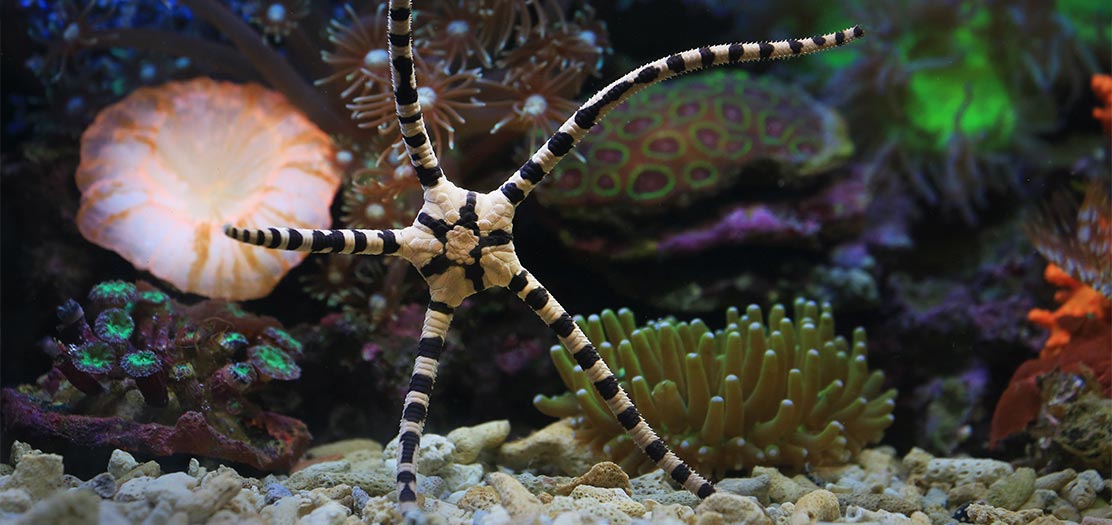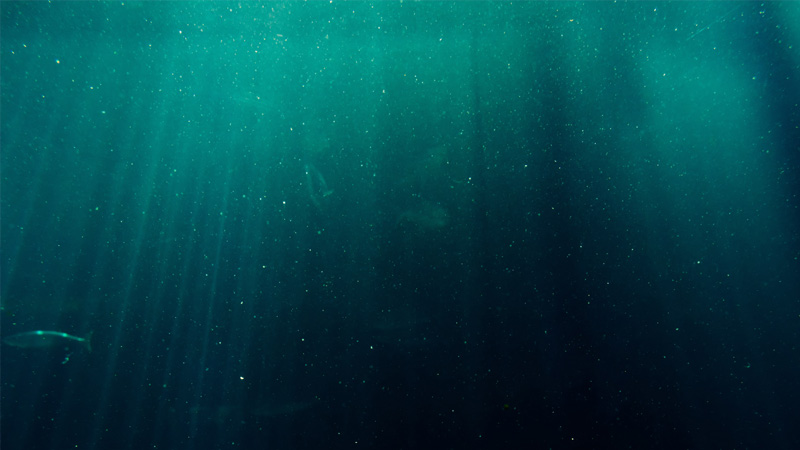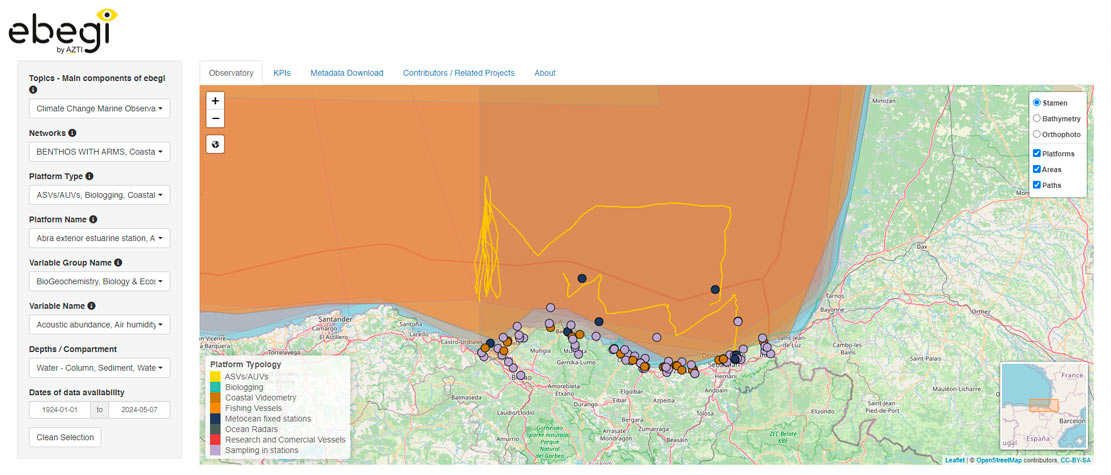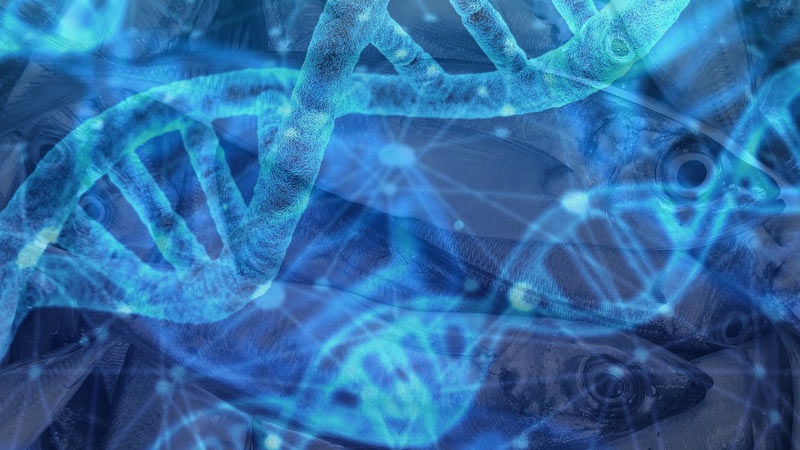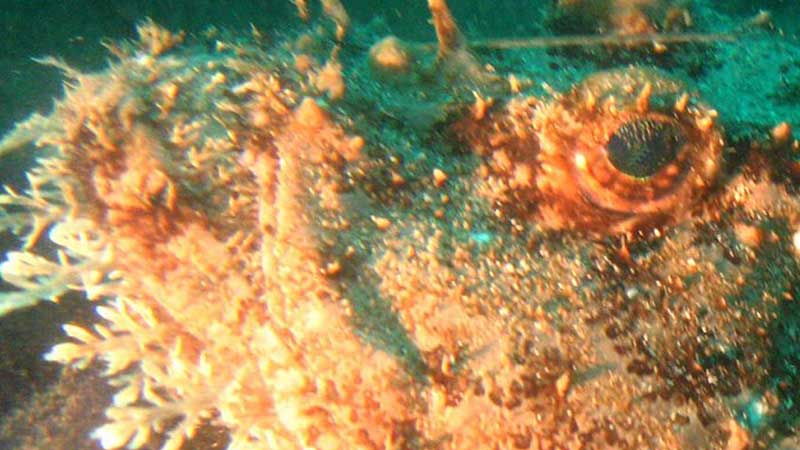MicroMon
Microorganisms as Benthic Indicators for Environmental Monitoring of Estuaries
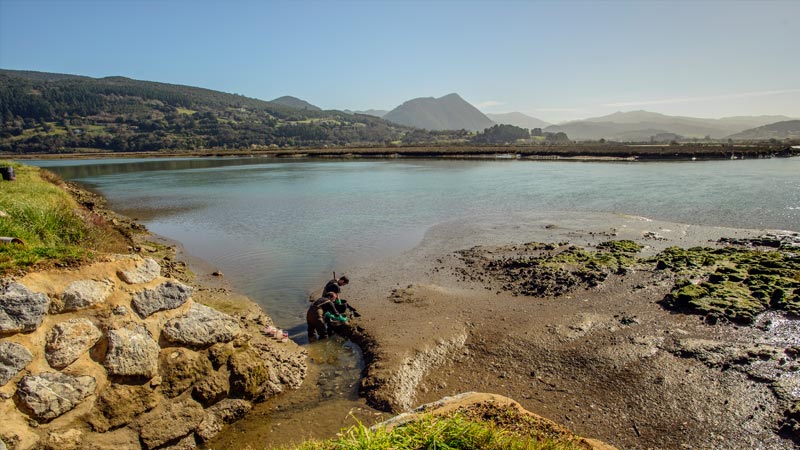
Context
Estuarine ecosystems are threatened by impacts such as eutrophication, industrial pollution and severely altered hydrology caused by dredging of wetlands and other constructions. Routine monitoring is critical for understanding the consequences of such impacts and for enabling a sustainable management of these important natural resources.
Accurate biological indicators are essential for such monitoring, and can be used to calculate biotic quality indices, to provide an estimate of environmental impact. However, current approaches have serious shortcomings, mainly by relying on time consuming, visual identification, by highly trained taxonomists. This effectively prevents monitoring programs from scaling up and makes comparisons between regions or surveys challenging.
Objective
MicroMon will use several recent techniques to overcome these limitations based on environmental DNA (eDNA) from the communities of microorganisms in estuarine sediments (microbenthos).
- First of all, eDNA metabarcoding offers a cost-efficient and standardized way to profile these communities, and will be used in combination with existing datasets to improve existing eDNA-based tools for determining their environmental status and impacts. This includes samples from estuaries worldwide.
- Secondly, we will explore recent functional profiling techniques such as metagenomics and digital PCR, that can determine the distribution of functional genes in the community, in addition to the taxonomic profile.
- Finally, association networks offer an approach to interpret the data from the context of biological interactions, pioneered in the project IndiRed. Being critical for ecosystem functioning and regulation, such interactions between taxa also provide sensitive indicators of negative impact on the same.
Thus, MicroMon aims to establish novel indicators of ecosystem impact based on the use of eDNA, providing superior accuracy and cost-efficiency compared to current standards. Ultimately, MicroMon will help to scale-up and level up existing monitoring programs, as well as the ability for regulatory and implementing authorities, industry and other stakeholders, to follow, understand and remedy negative environmental impacts.
Networking
The study area form part of an established monitoring network in the Bay of Biscay, but will also include samples from other biogeographical areas, through collaboration with external projects such as the Australian Microbiome Initiative and BIOMIC. Therefore, it will allow us to benchmark new indicators from a broader perspective and provide tools for eDNA-based monitoring with global applicability.
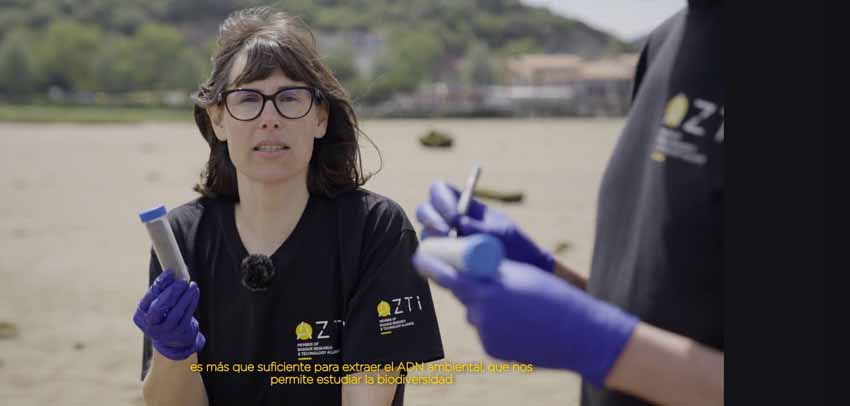
| Duration |
2022 – 2025 |
| Funding |
Project PID2021-123282OB-I00 financed by |



